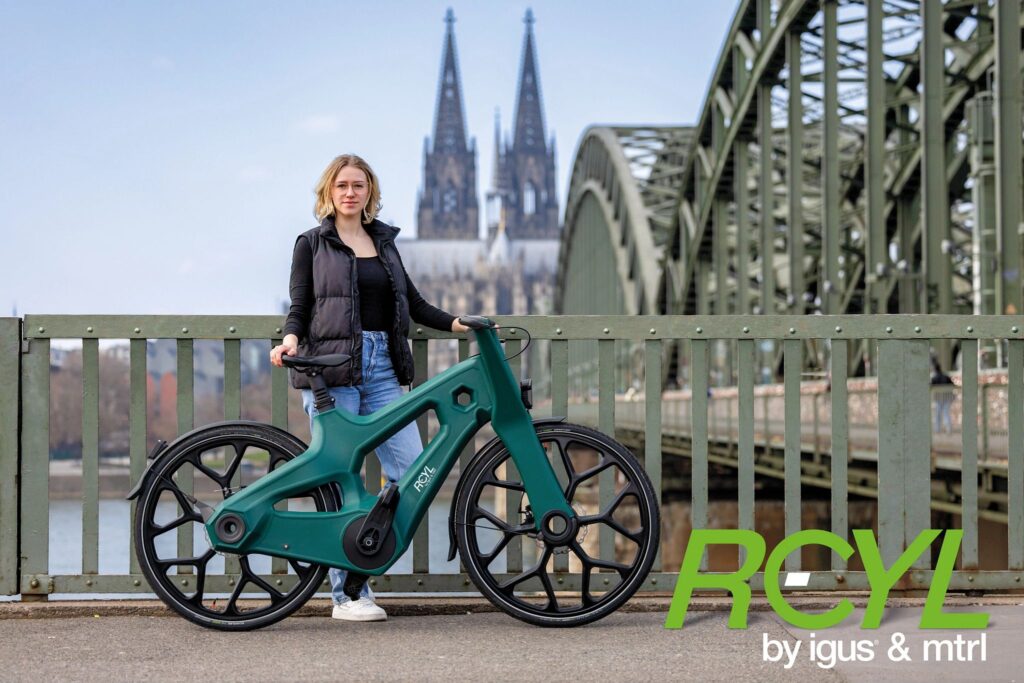Planetary gears and their use in bicycles
Original article appeared on https://blog.igus.es/engranajes-planetarios-y-su-uso-en-bicicletas/
Planetary gears, also known as epicyclic gear systems , are a marvel of mechanical engineering. We can find them in a wide range of machines and devices in our daily lives: from small watches to large vehicles, these ingenious power transmission systems play a crucial role in the operation of numerous applications.
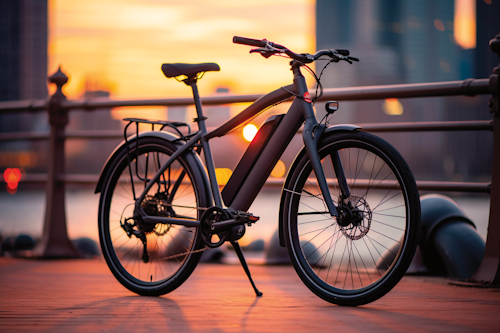
What are planetary gears?
It is a system consisting of a central gear, known as the sun, surrounded by one or more gears, called planetary gears, which are connected to a carrier that supports the planetary gears. This carrier rotates around the sun, resulting in a combined motion of the gears. This design creates a gear arrangement in which the planetary gears rotate both around their own axis and around the sun gear.
Related: Types of gears: how they work and where to use them
Components of planetary gears
The main components of a planetary gear are:
- Sun gear: is the central gear around which the planetary gears rotate.
- Planet gears: these are the gears that orbit around the sun
- Carrier: is the component that holds the planet gears in place and provides the rotational motion
- Ring gear: is an external gear wheel that surrounds the planet gears and provides lateral restraint
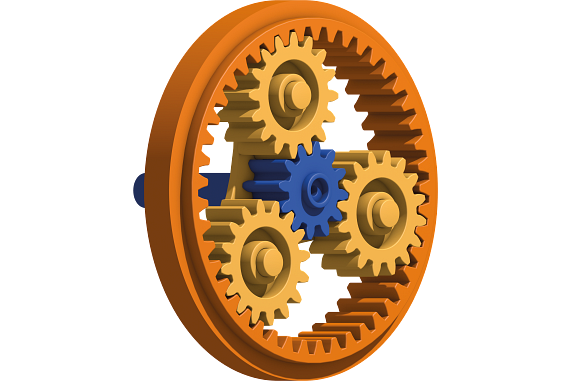
Operation of planetary gears
The operation of planetary gears is based on the combination of rotary motions of the planets around the sun and around their own axis. This combination of motions allows for a wide variety of gear ratios and configurations, making them extremely versatile in various engineering applications.
Advantages and disadvantages of planetary gears
Among the different mechanical advantages offered by epicyclic gears we find:
- Compact design – due to their concentric design, they take up less space compared to other transmission systems
- High transmission ratio – allows high transmission ratios to be achieved in a relatively small space
- Good load distribution – load is distributed across multiple planetary gears, reducing wear and increasing durability
Read more: What is mechanical advantage in gears?
However, they also have some disadvantages, such as their greater complexity . Their design requires greater precision and manufacturing control, which can increase production costs.
Applications of planetary gears
As we mentioned at the beginning, we can find planetary gears in a multitude of systems and machines. In vehicle transmissions, they are used to change gear ratios and provide different output speeds. We can also find them as reducers in industrial machinery to reduce engine speed and increase output torque. But the example that is most applicable to us today is as a bicycle gearbox . They help to change speeds in multiple-speed bicycles.
Planetary gears within the igus:bike
The use of planetary gears in bicycles is a solution that is widely used by well-known manufacturers in the bicycle sector such as Shimano.
The RCYL bike uses a planetary gear as a gearbox. The big difference between this gearbox and that of other manufacturers is that the RCYL gearbox is made of high-performance plastics, does not rust and does not require lubrication or maintenance . To these advantages we have to add the quality of being a sustainable planetary gear, since the plastics used can be easily recycled. In addition, the possibility of repurchase is provided if the bicycle reaches the end of its useful life at any time. We already do the same with energy chains, which can be returned to be recycled and reprocessed into new products with the chainge program.
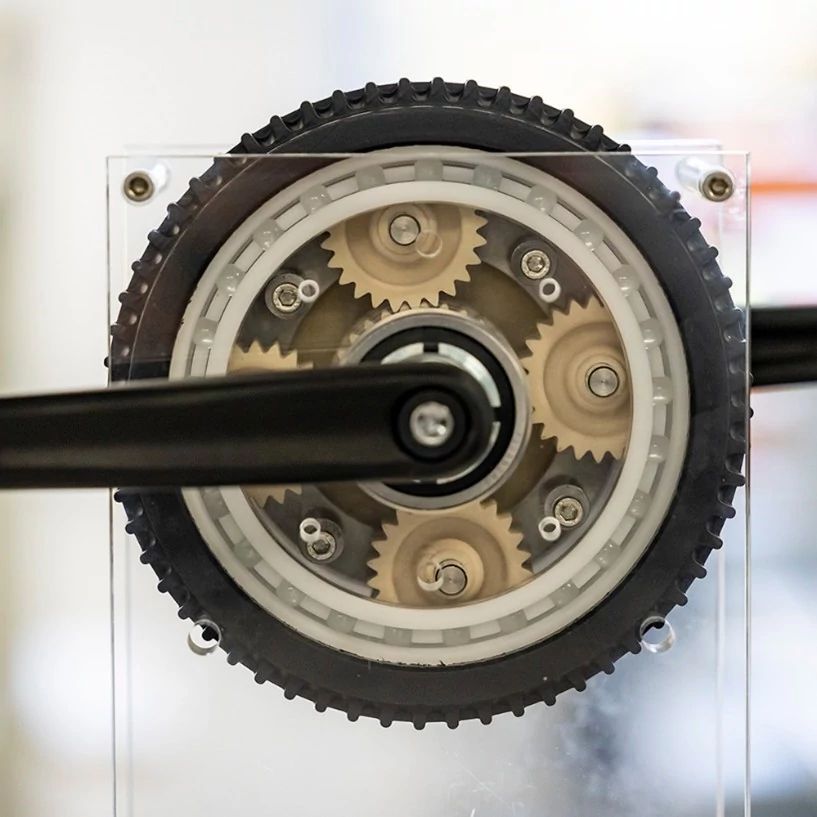
Mechanics of the RCYL bike gearbox
The structure of our planetary gear is very simple: in the center of the gear is the sun, which in our case does not move. Three planetary gears rotate around the sun. These are connected to the planetary carrier, so they always maintain the same distance from each other. Finally, the ring gear holds the entire construction together.
The drive works as follows: The planetary carrier is connected to the crank of the bicycle and is driven by it. The planetary gears rotate around the fixed sun gear and thus move the outer ring gear, to which the pinion is attached. The pinion is connected to a smaller pinion on the rear axle via a belt. This means that the rear wheel is driven with a higher gear ratio and you can cruise through the city with the RCYL bike.
The planetary gear translates the power you provide with the crank through the pedal into greater rotation. When you turn the connecting rod one turn, the ring gear, including the pinion, advances not just one turn but a little more. Your power turns into greater speed!
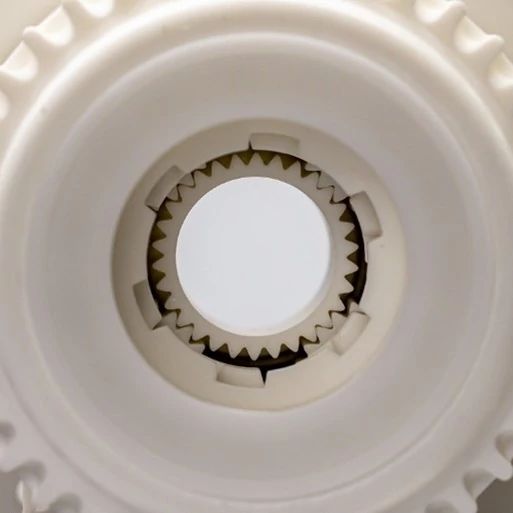
What alternatives exist for the gearbox on bicycles?
Alternatives to using planetary gears in a bike's gearbox would be derailleurs and cassettes. These systems are usually lighter and cheaper, but require more maintenance and adjustments to maintain optimal performance. In addition, they may be more exposed to external elements (weather, dirt, etc.), which affects their long-term durability and performance.
Benefits of using planetary gears in bike gearboxes
As we can see, planetary gears require less maintenance and fewer adjustments than other alternative systems, resulting in greater durability and lower maintenance costs.
Another advantage is that they allow bicycles to have multiple speeds, so cyclists can adapt to different terrain conditions and levels of effort required.
In addition, they also allow for smooth and efficient gear shifting, providing a more comfortable and seamless driving experience.
Finally, the planetary gears are protected within the wheel hub, making them less susceptible to wear and dirt caused by external elements, increasing their durability.
Do you want to know more about the “full plastic” bicycle and the RCYL bike project ? Visit the website!
